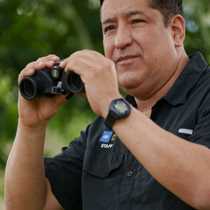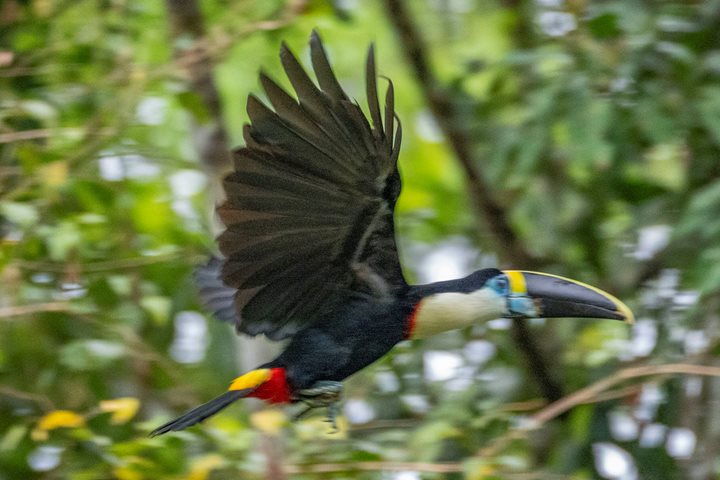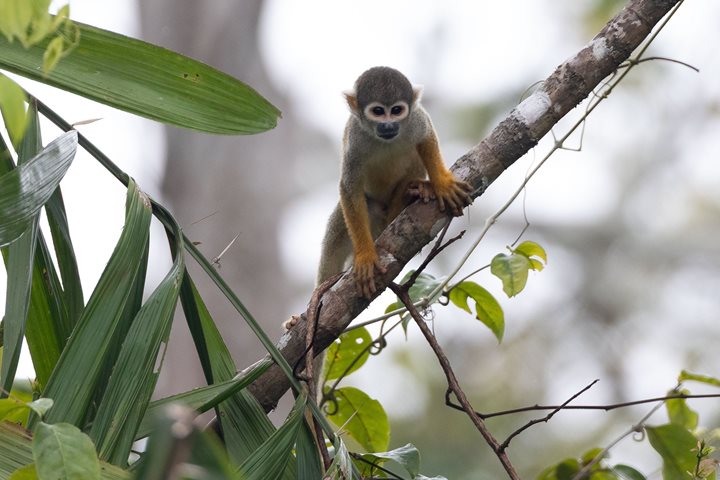We continued our expedition in the Upper Amazon of Peru with a morning visit to San Jorge Village. We had a firsthand experience of the reason why this region is aptly named a “rain forest.” A constant and soft rain accompanied us during the first part of this outing. Despite of the rain our visit was very successful for we wandered around the town learning how people in the Amazon live and try to improve their life status.
San Jorge Village gives our guests a chance to see how people live nowadays in the Amazon. Our visitors were marveled to see how the little things in life that we take from granted can mean so much for other people in a different environment. One of the highlights of this cultural visit was an informal but meaningful meeting with some town representatives of Minga Peru.
Minga Peru a non-profit organization, founded in 1998, with the mission of promoting social justice and human dignity for women and families in the remote rural areas of the Peruvian Amazon. They have been developing various projects in the area.
Educational workshops focused on the protection of the environment and the development of leaders. Radio programming twice a week reaches more than 100,000 inhabitants. It focuses on strengthening the prevention of domestic violence, management of natural resources, and health issues—radio has become a popular way to reach the remotest communities in the area.
Training women and community members in agroforestry, crop cultivation, and the construction and management of fishponds has proven to be invaluable to increasing the economical sustainability of many people.
Lindblad Expeditions launched last year the Lindblad Expeditions National Geographic Fund (LEX-NG Fund) in the Upper Amazon in Peru. This fund is already supporting initiatives in many places around the world where we travel. In the Amazon it will benefit conservation initiatives that are and will be crucial to the long-term well being of this amazing ecosystem.
We visited a local school where we were greeted by children singing in their ancestral language. After a short visit to the community´s artisan market we came back aboard.
Later on at around midday we had a very special celebration. The ship was located in the famous confluence of the Marañon and Ucayali Rivers, the geographical place where the Amazon River takes its name. We toasted this event with a local Amazon drink!
In the early afternoon we had a photo talk with our photo instructor Jose Calvo. He taught our guests how to obtain better photographs in difficult light conditions. Once this session was over we went to swim in a paradisiacal lake, Clavero. It was a lot of fun. We came back just in time to continue with the rest of the activities planned for the afternoon, a skiff ride. This ride was very successful as well for we spotted many animal species and watch several locals making their daily chores. The prehistoric-looking Hoatzin and many parakeets were among the most photographed and admired bird species. The Hoatzin (Ophistocomus hoazin) is one of the most representative bird species of the Neotropics.
After dinner we watched a nature documentary entitled “Amazon, River of the Sun” that gave us a broader understanding of the annual changes between the dry and wet seasons in the Amazon Basin and the adaptations of some of the Amazon inhabitants to such dramatic changes.







